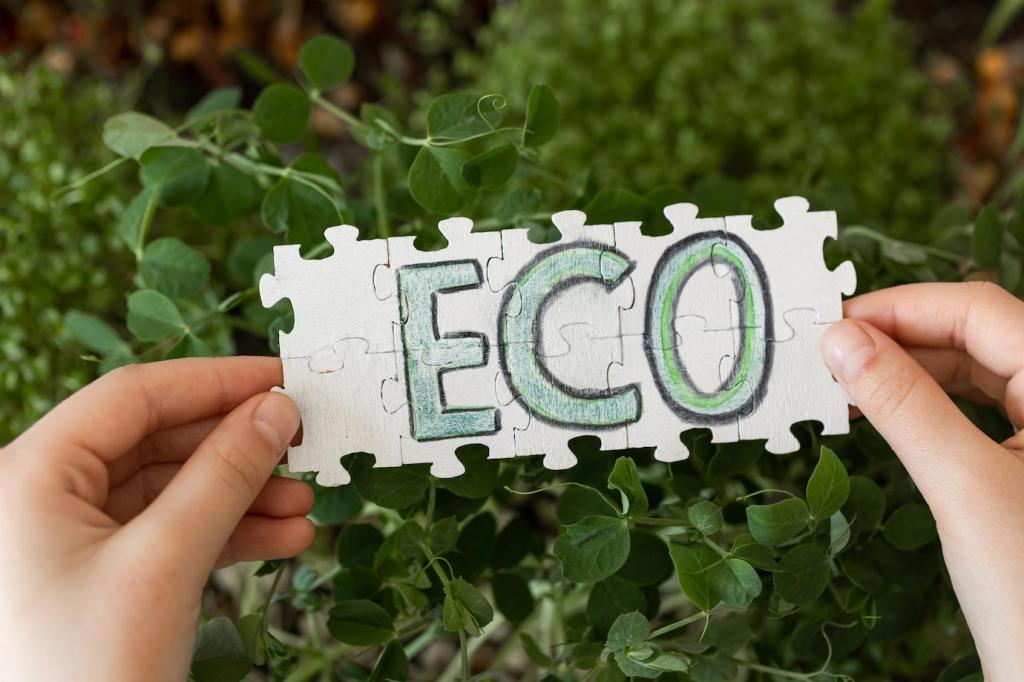Looking to upgrade your home without straining your wallet or the environment? Embracing green renovation doesn’t have to mean expensive overhauls or major disruptions. With strategic choices and a focus on sustainability, you can refresh your living spaces, cut down on energy bills, and make a positive environmental impact, all while staying within a modest budget. Explore easy, affordable ways to begin your journey toward a greener, more conscious home with the following ideas.
Embracing LED and CFL Bulbs
LED and CFL bulbs have revolutionized home lighting by using a fraction of the energy consumed by old-fashioned bulbs. While the upfront cost might be a bit higher than incandescent options, these bulbs last much longer and consume much less electricity, ultimately resulting in lower utility bills. Replacing all or most fixtures in your home with these energy-efficient options is an effective step toward sustainability and can be accomplished on a modest budget. Beyond reduced consumption, these bulbs emit less heat, lessening the load on your cooling systems during warmer months. Over time, the savings accumulate, making the investment well worth it both for your wallet and the planet.
Maximizing Natural Light
Making the most of available natural light can drastically reduce the need for artificial lighting during the day. This doesn’t require expensive window replacements—simple steps like rearranging furniture, using lighter window coverings, or strategically placing mirrors to reflect sunlight can dramatically brighten rooms. Painting walls in lighter shades also enhances the impact of natural light, letting you rely less on electric lighting and more on sunshine. These changes are budget-conscious and align well with green renovation goals by saving energy and improving the indoor environment.
Installing Smart Lighting Controls
Smart lighting systems offer adaptability and greater control over your home’s light usage, leading to less waste and more savings. Affordable options now allow homeowners to set schedules, use motion sensors, or manage lights remotely through smartphones. Installing dimmer switches and sensors ensures lights are only on when needed and at the right brightness levels, preventing unnecessary energy consumption. These modern, user-friendly tools can be retrofitted to most homes without major rewiring, making them an excellent choice for budget-friendly upgrades.
Previous slide
Next slide
Recycled and Upcycled Materials
Salvaged Wood Projects
Salvaged wood, such as reclaimed barn boards or deconstructed pallets, can be transformed into striking flooring, wall panels, or custom furniture. Often available at local salvage yards or through online markets, reclaimed wood has a story to tell and imbues any space with warmth and rustic charm. Using salvaged wood not only diverts materials from landfills but also negates the need for costly new lumber. With basic woodworking skills and a bit of creativity, budget-minded renovators can create standout features in their homes that are truly one of a kind.

Water Conservation Upgrades
Installing Low-Flow Fixtures
Low-flow faucets, showerheads, and toilets are widely available and easy to install—often without professional assistance. These fixtures use innovative technology to provide ample water pressure while drastically reducing overall water use. The result is lower monthly utility bills and a significant reduction in household water consumption. With many affordable models on the market, this upgrade quickly pays for itself and forms an essential part of any green renovation strategy. Plus, many regions offer rebates or incentives, making these swaps even more accessible.
Greywater Reuse Systems
Greywater systems capture gently used water from sinks, showers, and washing machines, redirecting it for purposes such as toilet flushing or garden irrigation. Though full systems can be complex, DIY solutions suited to smaller homes or apartments are both budget-friendly and effective. Simple setups involve redirecting water with hoses or collection buckets, helping to cut down on both water and sewage use. By adopting even basic forms of greywater reuse, you minimize your home’s environmental impact and foster a habit of mindful consumption.
Rainwater Harvesting for Gardens
Collecting rainwater for outdoor use is a classic, cost-effective green upgrade. Affordable barrels installed beneath downspouts can store rainwater for use on lawns, gardens, or even to wash cars. This practice not only conserves tap water but also reduces runoff that can contribute to erosion and neighborhood flooding. By using harvested rainwater to care for plants, homeowners can maintain vibrant, healthy gardens without increasing water use or utility expenses, making it a practical step for sustainability-driven renovators on a budget.
